Mauritius
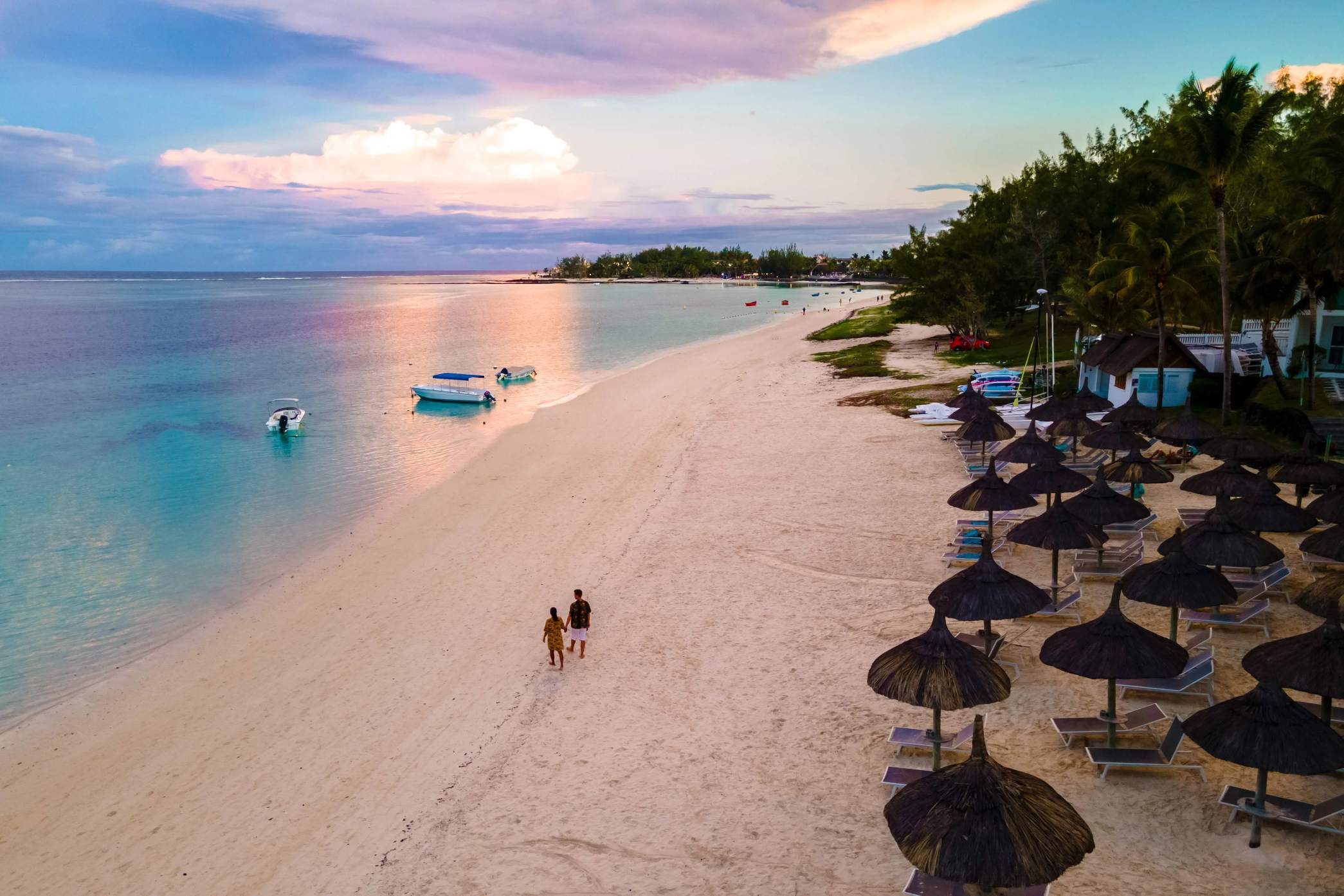
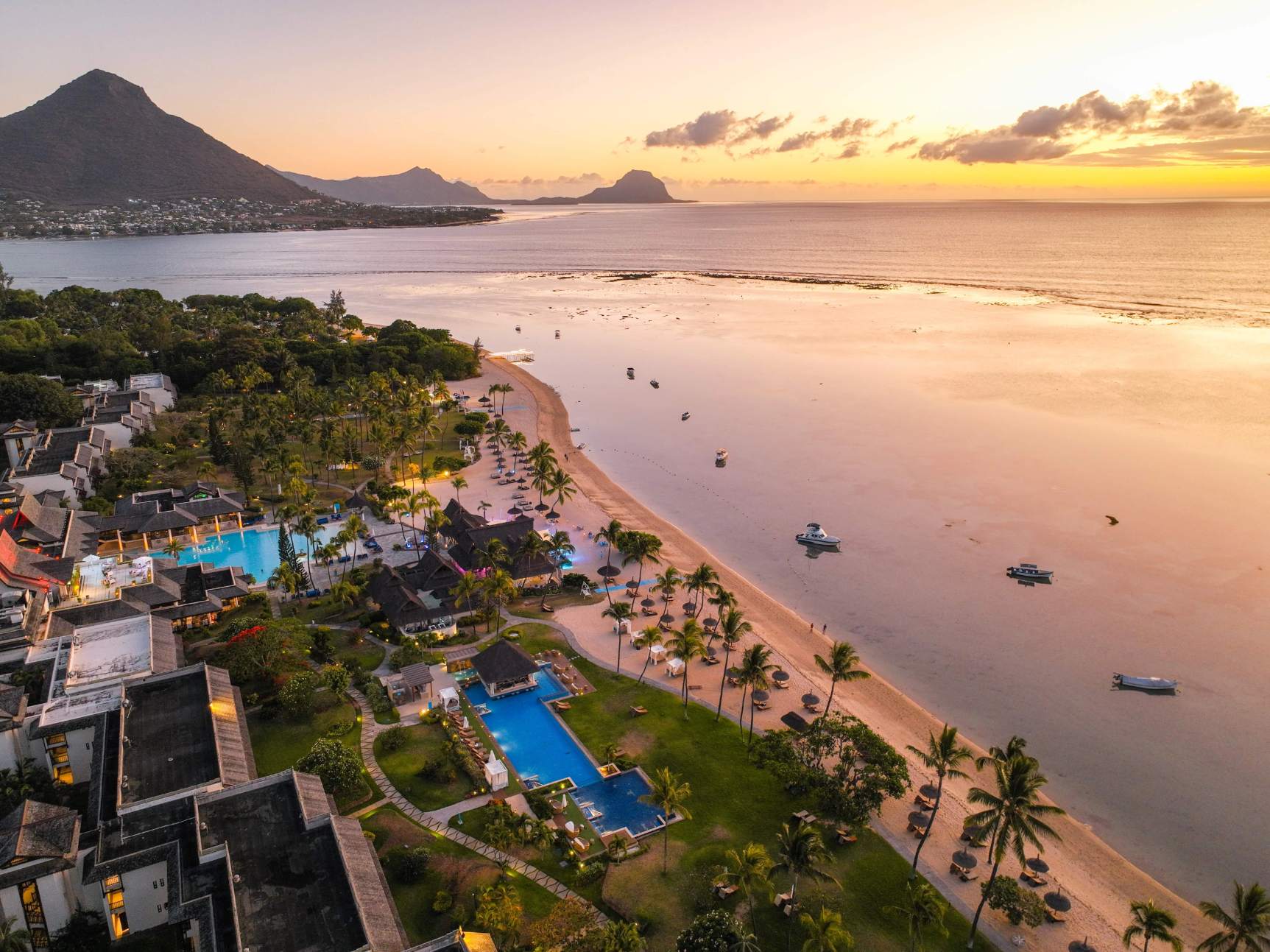

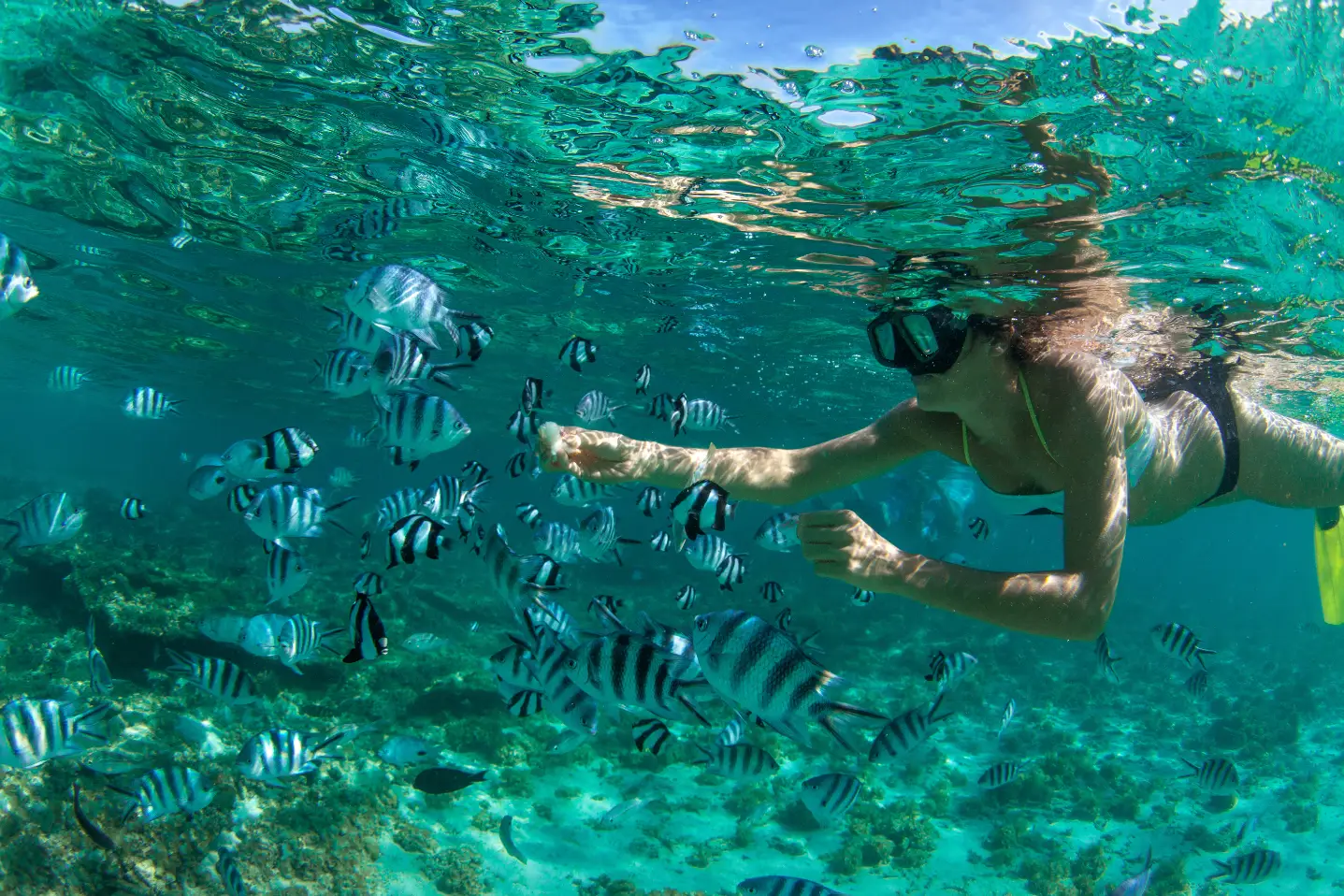
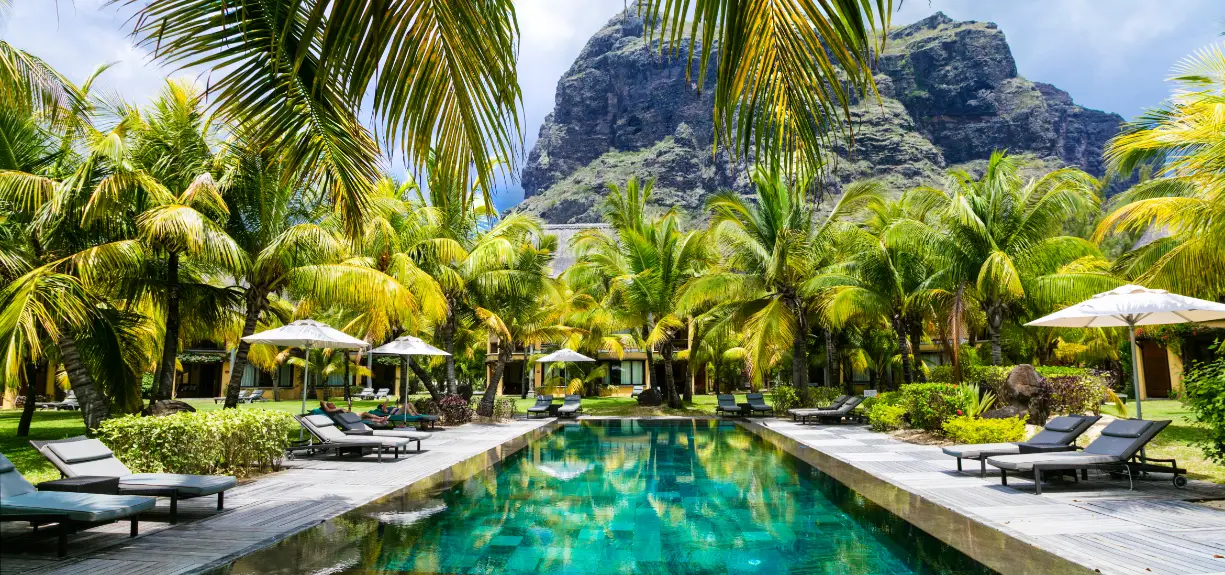
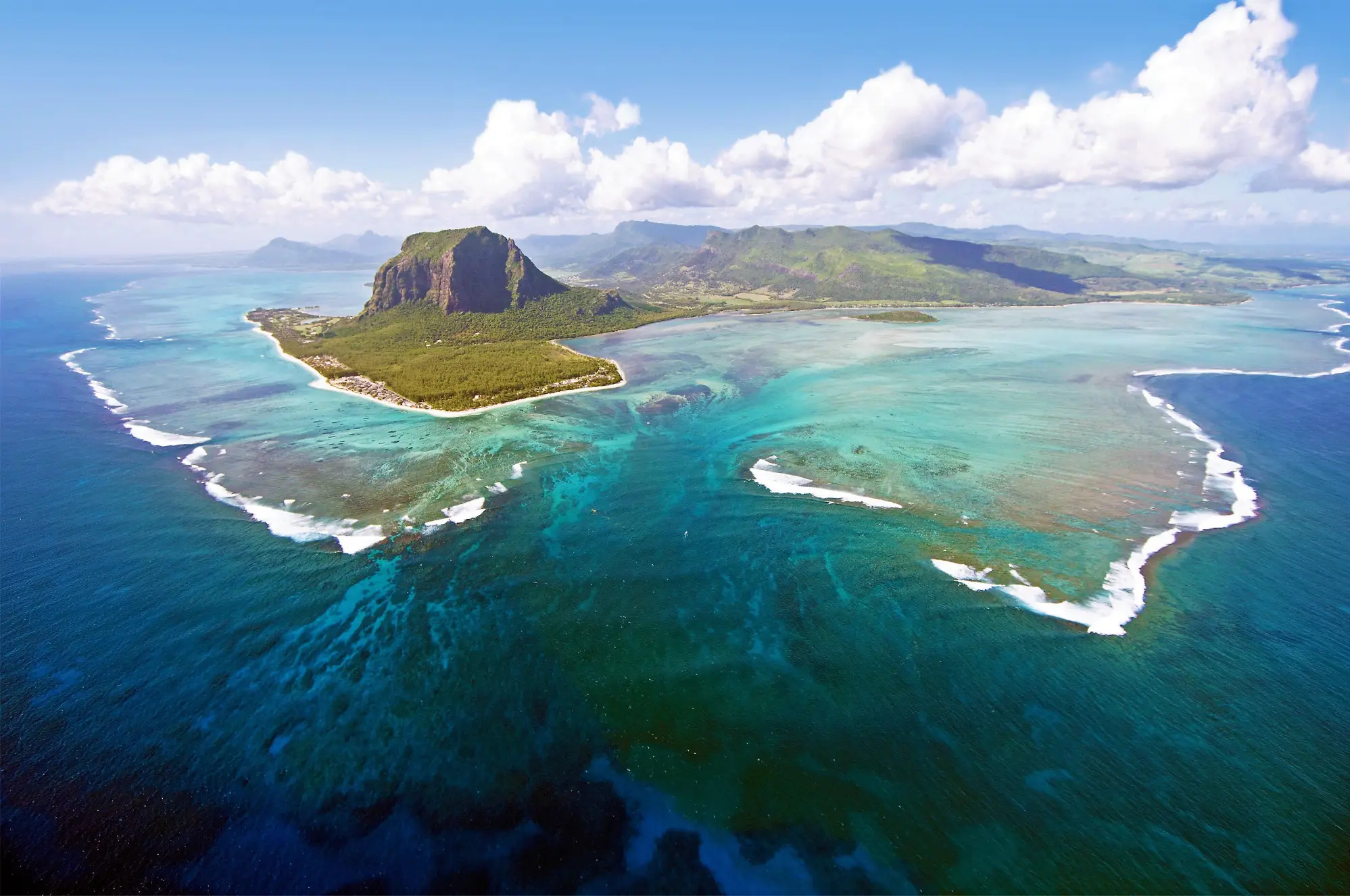
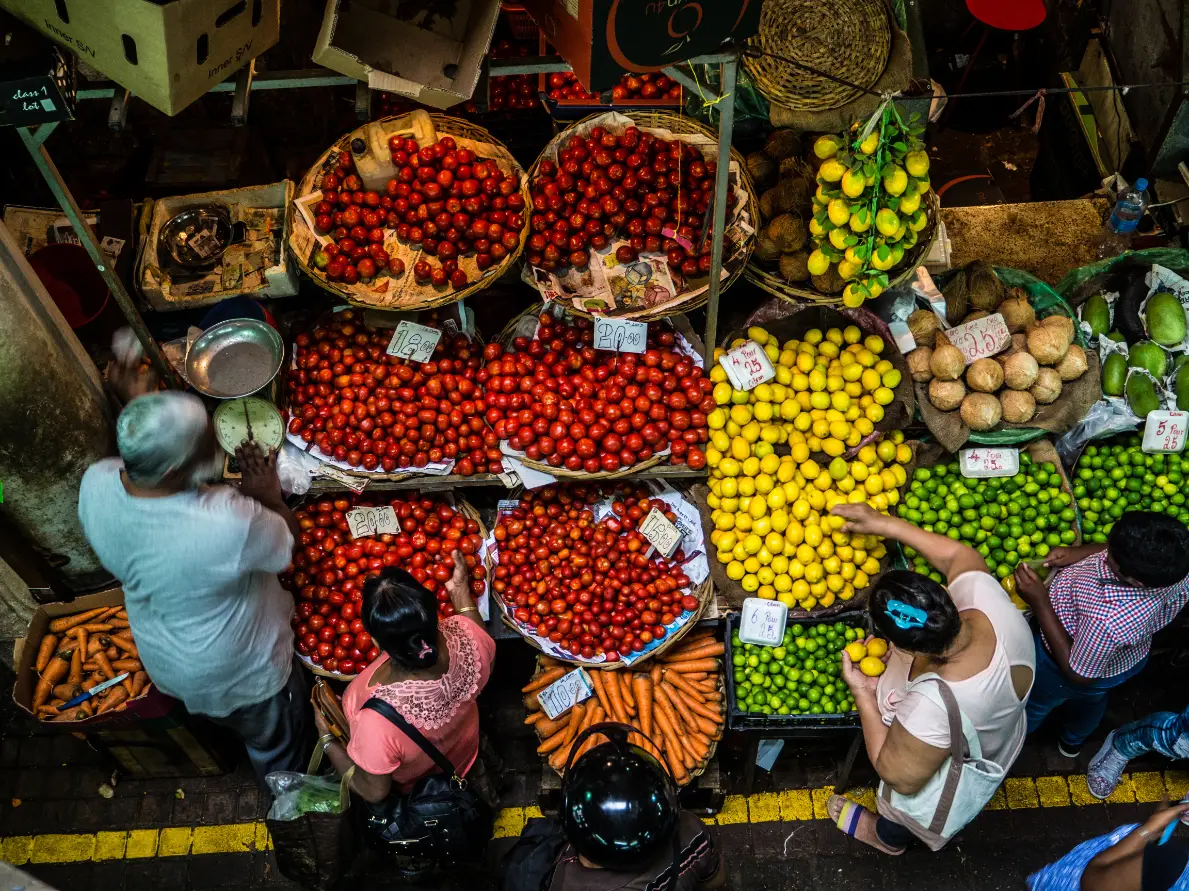
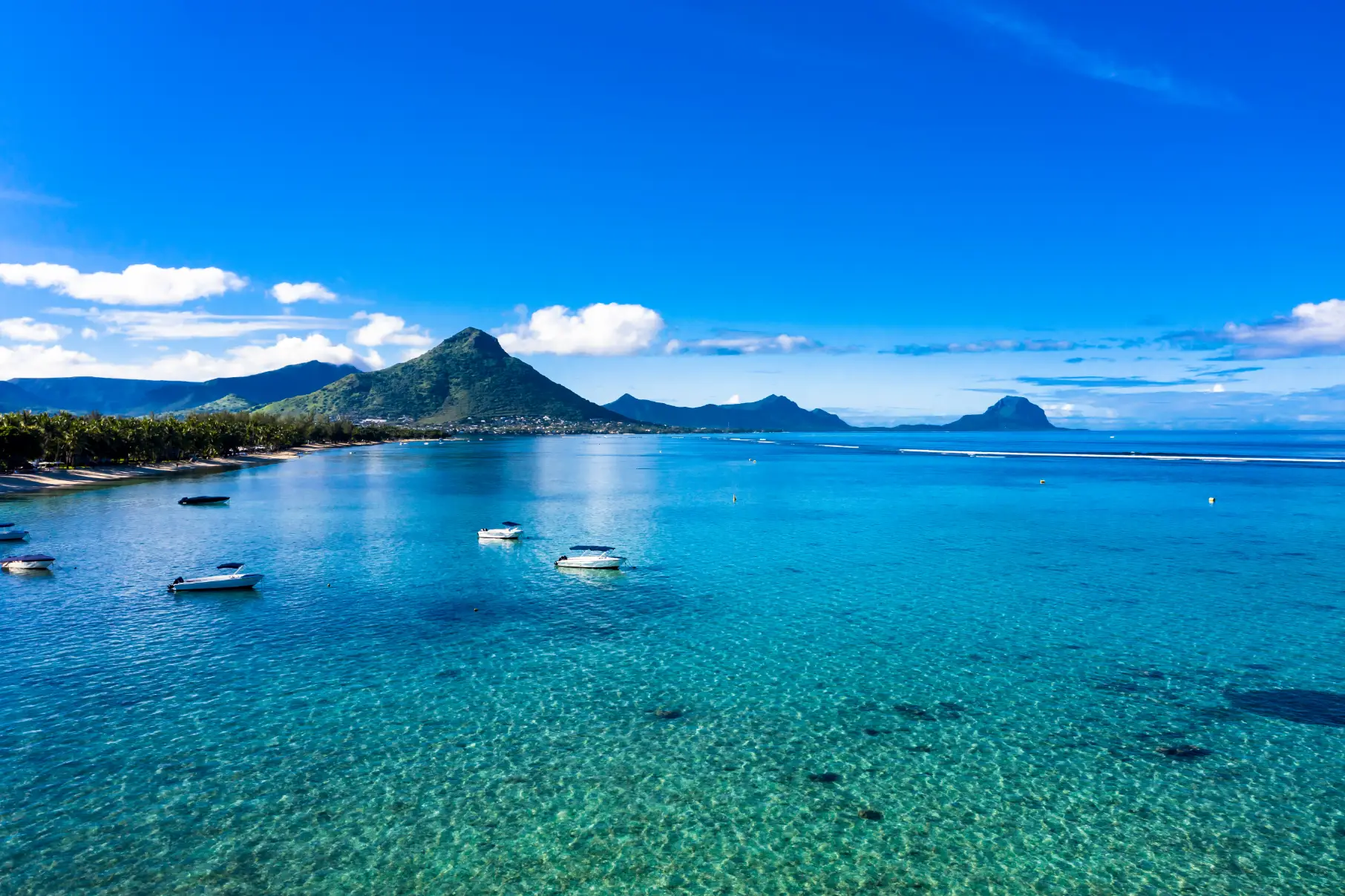
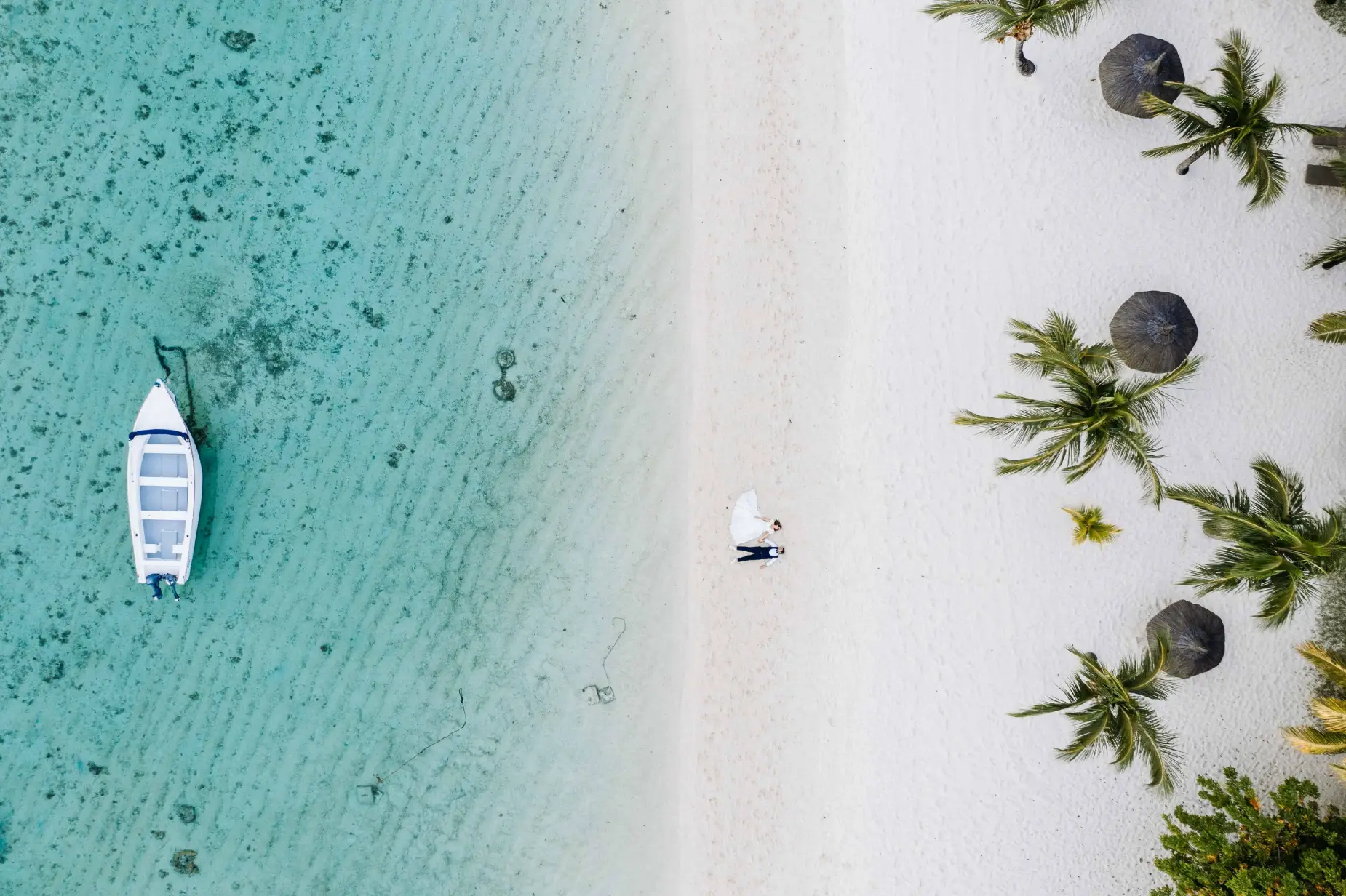
Island elegance, reef-fringed waters, and cultural rhythm.
Mauritius is an invitation to experience island life with elegance and ease. Along its turquoise lagoons and palm-lined shores, world-class resorts meet vibrant culture, offering more than just sun and sea. Inland, sugarcane fields stretch to volcanic peaks, while markets brim with Creole flavors, handmade textiles, and local rhythm. Hike to jungle waterfalls, dive coral reefs alive with tropical fish, or sail at sunset aboard a private catamaran. Whether sipping rum beneath the stars or wandering quiet coastal trails, Mauritius delivers an island escape that’s immersive, flavour-rich, and effortlessly refined.
Highlights
- Snorkel or dive coral reefs teeming with life
- Hike rainforest trails in Black River Gorges
- Experience a rich cultural blend of influences
- Unwind in private villas on white sand beaches
When to go
May - December
Beach Break
April - October
Best Weather
Where to go
Places that tell a deeper story.
For those who dare to explore.
Ker & Downey® Africa reveals the heart of each country through its most iconic and undiscovered places. From legendary landmarks to hidden gems, each journey connects you to the landscapes, cultures, and stories that shape a nation.
Grand Baie Beach
Grand Baie is the island’s vibrant hub, where crystal waters meet chic boutiques and restaurants. Spend your days sunbathing, sailing between lagoons, or sipping cocktails as the sun dips below the horizon.
Flic en Flac Beach
Flic en Flac offers long, languid stretches of white sand and calm, reef-sheltered waters — perfect for swimming, snorkeling, and unwinding in style. It’s a laid-back escape with a local charm and gentle island pace.
Black River Gorges National Park
This lush interior reserve is Mauritius at its wildest. Hike through rainforest trails, spot rare birds and waterfalls, and discover another side of the island—untamed, quiet, and deeply connected to nature.
Curated Packages
Signature journeys across Mauritius
Our expert team crafts journeys that transcend luxury. Each itinerary is shaped by the spirit of the land and the wisdom of its people — opening doors to experiences few can imagine, and even fewer will ever access.
All Year Round
|
17 DAYS
Luxury Mauritius & South Africa Experience
From
per person
All year round
|
9 DAYS
Beaches of Seychelles Vacation
From
per person
Year Round
|
11 DAYS
Luxury Seychelles Honeymoon and Couples Vacation
From
per person
June – October
|
18 DAYS
Tanzania and Seychelles Luxury Safari
From
per person
Experiences
Experiences off the beaten track.
Crafted for the bold + discerning.
Accommodation
Exclusive stays across Mauritius
Ker & Downey® Africa handpicks exclusive luxury properties, from private villas to remote lodges, each selected for their sense of place, refined design, and meaningful connection to the land and its people. The below pricing range reflects starting prices per person sharing per night, varying by season and destination.
Legend Hill Resort
Lux Grand Baie
One&Only Le Saint Géran
Constance Prince Maurice
Take a seat beside the campfire, where untold stories rise with the smoke, legends live in the land, and luxury is part of the wild.
What our
Travelers say
Travelers say
South africa honeymoon
"Thank you for the best honeymoon we could’ve imagined! We spent 5 nights on safari at luxury lodges, followed by 3 nights in Cape Town, and ended our journey on a stunning private nature reserve. Everything ran seamlessly, and the team stayed in touch with us throughout. Words can’t describe how incredible the experience was."
Ilicia Manzi, New York, USA
south africa safari
"As a travel journalist who’s stayed at hundreds of hotels and worked with countless guides, I can confidently say Ker & Downey® Africa stands out. From handpicking exceptional properties to being available before 8am on a Saturday, their attention to detail and high-touch service made my South African journey seamless. I wouldn’t plan another trip to Africa without them."
Katie Jackson, New York, USA
FAQ
Everything you need to know about Mauritius
Our team of seasoned specialists share everything you need to know, from essential travel tips to thoughtful insights that ensure a seamless journey from start to finish.
Capital
Port Louis
Currency
Mauritian Rupee (MUR)
Language
English, French, Mauritian Creole
Time difference
UTC+4
/01
Best time to go?
+/02
When is the high season?
+/03
When is the low season?
+/04
When is the best weather?
+/05
Why choose Mauritius?
+/06
How much does a journey cost?
+/07
What experiences await?
+/08
Popular highlights in Mauritius?
+/09
What lodge amenities can I expect?
+Africa Travel Journal
An insider’s guide to the heart of Africa
Explore our expert travel journals, packed with bold adventures, rare experiences, and smart travel intel to inspire your next journey across this richly storied continent.
Insights
Spring Safari 2025 Packages
Fireside Chats
Conquering Kili & the Climb for Conservation
Accommodation
The Little Black Book of Honeymoons in Africa
Insights
10 Reasons To Visit South Africa
Insights
Safari Calendar 2026
AN INSIDER’S GUIDE
The heart of Africa
Sign up to receive curated journeys, expert safari intel, and first-hand access to Africa’s most exclusive travel experiences.











